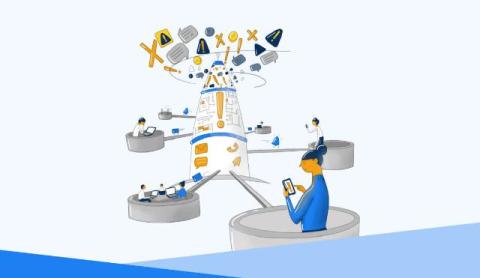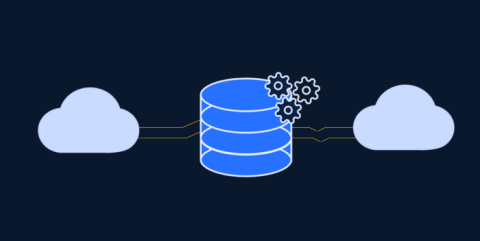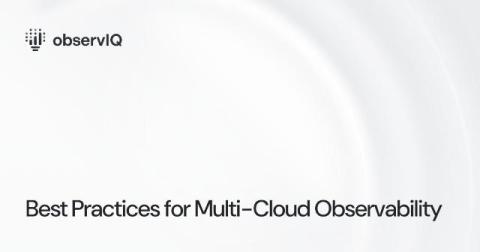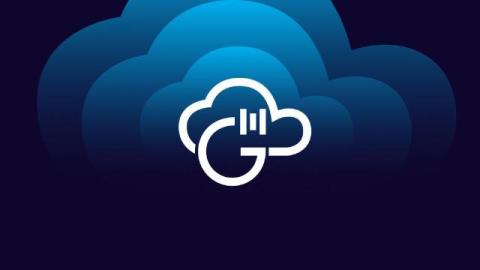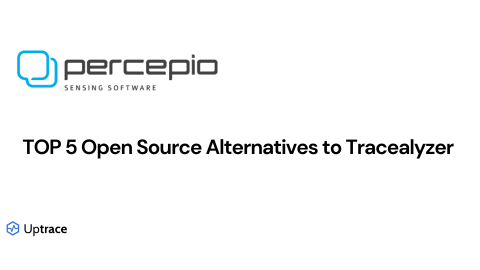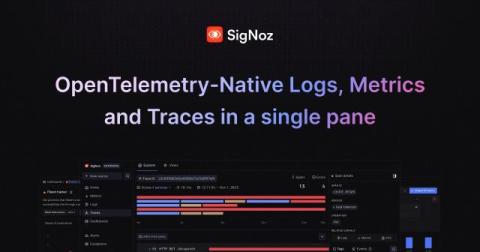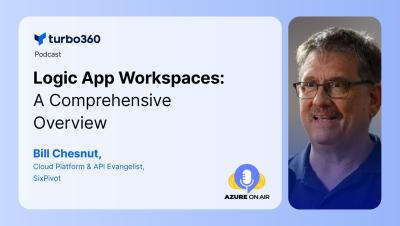The Ultimate Guide to a Smooth Dev Environment Setup: Tips and Best Practices
Setting up a development environment can be challenging, especially for new developers or those adapting to new developer tools. A well-configured environment is crucial for efficient coding, testing, and debugging, enhancing productivity and minimizing errors. This guide will walk you through everything you need to know, from the basics to advanced customizations for different operating systems.



